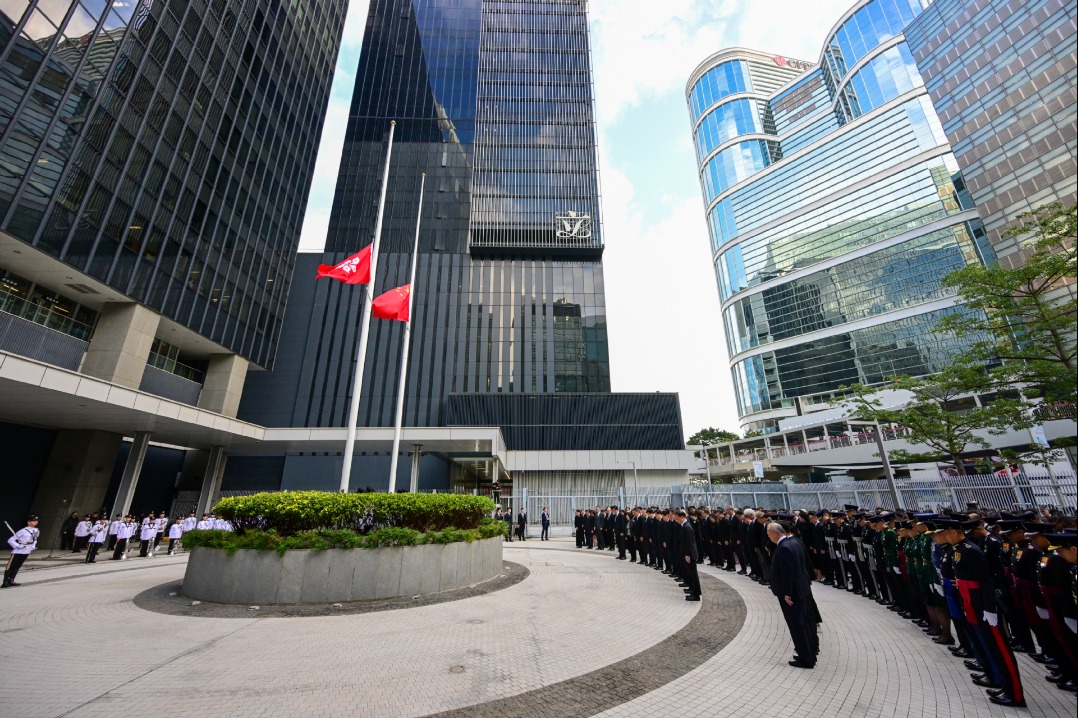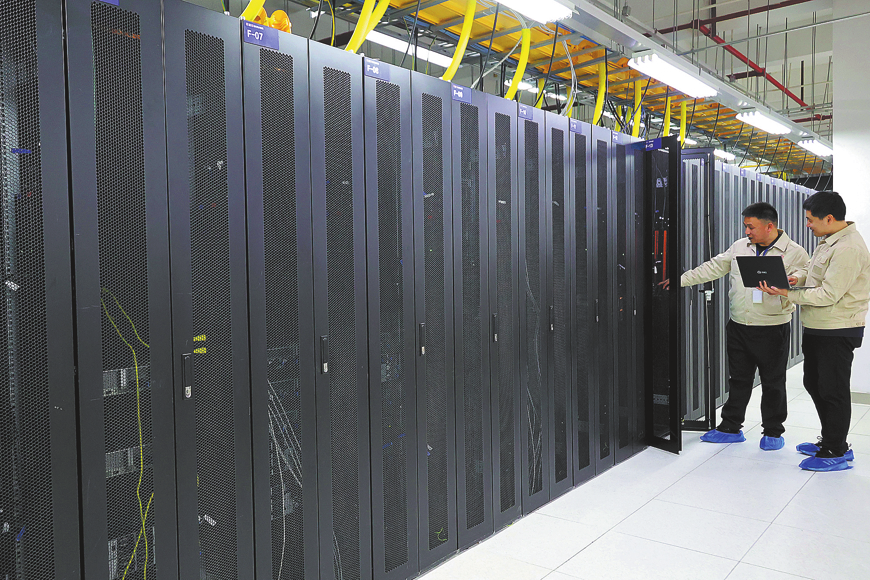Twin-pronged plan for growth

Chinese firms bank on integrated approach to reap dividends
Some Chinese companies are increasingly using reshoring and offshoring to maintain steady growth.
Li Shaoxing, chairman of Huaxia Machinery Plastics Co Ltd, a plastics products maker, says his company is looking to move into newer regions to offset the dwindling price advantages in China and other neighboring countries.
The Zhengzhou, Henan province-based company says it expects to maintain its 20 to 30 percent annual growth in net profits by moving some production from Vietnam to regions like Africa.
Li says that while offshoring is still a relatively new term for many companies, his company had contemplated the move to Vietnam in 2000. He says that it seemed to be most logical solution as net profit growth at that time was around 5 percent and set to decline even further.
"We realized that the advantage of cheap manufacturing would soon disappear from China. I was forced to shut down the company in Zhengzhou and restart it in Bac Giang province in the north of Vietnam," says Li, one of the first Chinese businessmen to set up a unit in Vietnam in 2003.
Benefiting from the preferential policies announced by the Vietnam government in 1988, Li opened his first factory with four production lines spread over 3 hectares in Vietnam in 2003. Land acquisition costs were just $250,000 and included a 50 percent discount spread over five years, he says.
"We started by making and selling plastic woven bags in Vietnam and then started exporting them in 2008," Li says.
Vietnam, with an average annual economic growth rate of about 7.5 percent, has managed to attract investment from many Chinese enterprises keen on making higher profits.
After moving to Vietnam, Li's company managed to obtain nearly 30 percent net profit before 2008 and soon set up another factory with 20 production lines to cater to the growing demand from overseas markets.
"The business expansion was smooth in Vietnam with orders coming in from the domestic and overseas markets in the first five years," Li says.
However, the competition turned out to be tough with more Chinese companies flocking to Vietnam for cheaper labor costs compared to the rapidly increasing expenses of workers' salaries and materials in China.
In the meantime, inflation has risen in Vietnam, while salaries have seen frequent increases. The lowest monthly income in five major cities in Vietnam is $70 this year, 20 percent higher than the previous year.
"The labor costs in Vietnam have risen rapidly to about 6 million Vietnam dong ($281.7; 205 euros) per person on average," Li says.
He says that the net profit of the company dropped to about 5 percent in 2011 and fell to 3 percent in 2012 as the former advantages of cheap labor also disappeared.
From Li's viewpoint, the falling profits were a sign for him to transfer production to a place offering cheaper labor costs.
At the same time, Li planned to keep the factories in Vietnam running to produce items for local buyers and regular clients from Europe and the US. These clients do not switch competitors that easily and are also willing to accept price increases, Li says.
Huaxia Machinery is setting up a new factory in Ethiopia next year, to make products for smaller European countries.
"Like China, Vietnam will also soon lose its advantages like cheaper labor costs. That means it is time for labor-intensive companies to move on," Li says.
Data provided by the Ministry of Commerce shows that the actual used amount of foreign capital in 2012 was $111.7 billion, a 3.7 percent year-on-year decline, while the manufacturing industry used foreign capital of $48.9 billion, down by 6.2 percent over the same period in 2012.
"The slight drop was created by the normal move out of medium and large-sized manufacturing enterprises from China to find a better solution for making lower-cost products," says Shi Jinchuan, dean of the College of Economics at Zhejiang University.
In fact, some Chinese companies are still retaining most of their major businesses in China and using markets like Vietnam as trial bases for production.
Ningbo Powerway Group, a leading global supplier of non-ferrous alloys which has had a factory in Vietnam for more than five years, has retained most of its research and design center, sales departments, other major production lines and management team in China.
"We still have eight factories in China doing original equipment manufacture for well-known brands. The factory in Vietnam serves as a backup production base for our market expansion plans," says Zheng Xiaofeng, a senior executive in Ningbo Powerway Group.
The company does not plan to scale up its business activities in Vietnam in the long run.
"Vietnam will only be a temporary stop for our company to walk onto the world stage and we will continuously focus on brand building and product design in China to attract more overseas clients," Zheng says.
yuran@chinadaily.com.cn
(China Daily European Weekly 01/03/2014 page15)
Today's Top News
- Takaichi must stop rubbing salt in wounds, retract Taiwan remarks
- Millions vie for civil service jobs
- Chinese landmark trade corridor handles over 5m TEUs
- China holds first national civil service exam since raising eligibility age cap
- Xi's article on CPC self-reform to be published
- Xi stresses improving long-term mechanisms for cyberspace governance






























